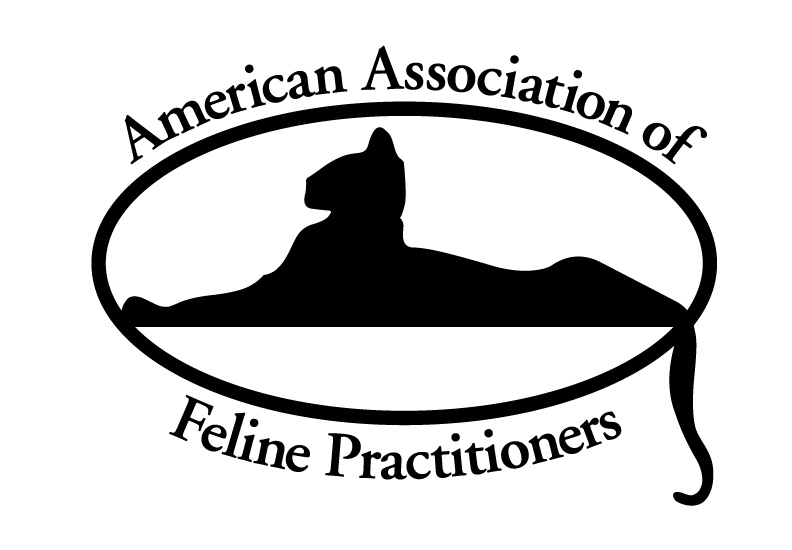
Indoor Living and Outdoor Roaming Both Bad for Cats
Veterinarian Dr. Karen Shaw Brecker, whom we introduced last month, is back writing about catio life. In a recent article she discusses the problem with indoor only living and outdoor roaming:
It’s often recommended that cats be kept indoors to keep them safe, and it’s quite true that outdoor cats face an increased risk of injury, poisoning and human abuse and theft, as well as risks posed by wildlife, extreme temperatures, vehicle traffic and infectious agents. But keeping a cat cooped up indoors does deprive him of many joys of cat life, like watching birds go by, climbing trees, feeling the sun on his fur and experiencing beneficial grounding.
In a position statement released by the American Association of Feline Practitioners (AAFP), an indoor/outdoor living arrangement, in a safe environment, is described as the best for cats, with AAFP noting, “Consideration for longevity often underlies the decision to keep cats indoors. However, a lifestyle choice made with the sole intention of increasing longevity — but in an impoverished or inadequate environment for each cat in the household — is not in the cat’s best interest.”1
If letting your cat out to roam freely is dangerous, but keeping him solely indoors runs the risk of becoming boring, what’s a viable alternative that’s growing tremendously in popularity? Build a catio!
Indoor Sedentary Life Dangerous
The AAFP position statement (PDF) details a changing attitude among veterinarian organizations — which are moving away from their historical preference for indoor living. As “there is increased incidence of behavior problems if indoor cats are unable to express normal behaviors.” Sadly, these issues tend to grow worse and can lead to “an increase in relinquishment or euthanasia.” Here is a partial list of risks facing indoor cats:
- Boredom
- Lack of stimulation
- Obesity (diabetes)
- Lack of hunting and normal feeding behavior
- Stress-associated disease
- Lack of exercise
- Hyperthyroidism
Ultimately, the AAFP Position Statement concludes “that indoor/outdoor living for cats in an environment that is safe is the best option for pet cats.”
Examples Of Safe Indoor/Outdoor Living Arrangements
According to the AAFP, “Safe outdoor living keeps the cat away from dangers and yet provides a more stimulating environment with potential for more normal feline behavior. Examples include:
- Walking the cat on harness and leash
- Outdoor enclosures
- Fenced-in or invisible fence around the property
However, the Position Statement makes clear that, “Whenever possible, an outdoor enclosure is preferred.”
Outdoor Enclosures (Catios) Are Only Limited by Your Imagination
According to Dr. Becker, “Catios are only limited by your imagination (and budget)!” However, she does make the following suggestions:
- Provide room for your cat(s) to roam
- Vertical space to climb and explore
- Natural materials like grass and cat-friendly herbs
- Hiding spots
- Shaded areas
- Free access
- Walkways, platforms, hammocks, ramps, shelves and cat trees
- Scratching poles
All in all, “By establishing a safe space outdoors, like a catio, your cat can gain the benefits of being outdoors without the risk of injury, predation or theft.”


Thank you for this article. It’s impossible for a cat to survive outside living on the parks edge here in LA.
I can’t bear to confine cats to inside only, and after losing 3 cats to coyotes, and after much thought, the only way to let a cat be a cat is a catio. A BIG one down in the lower garden, and accessible from the house. Now we just have to figure out how to do it!